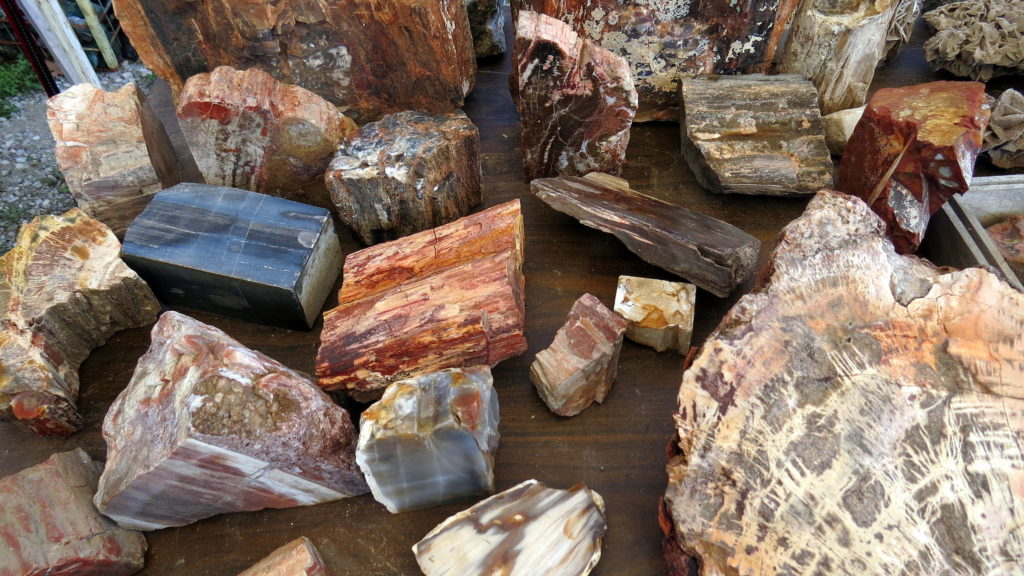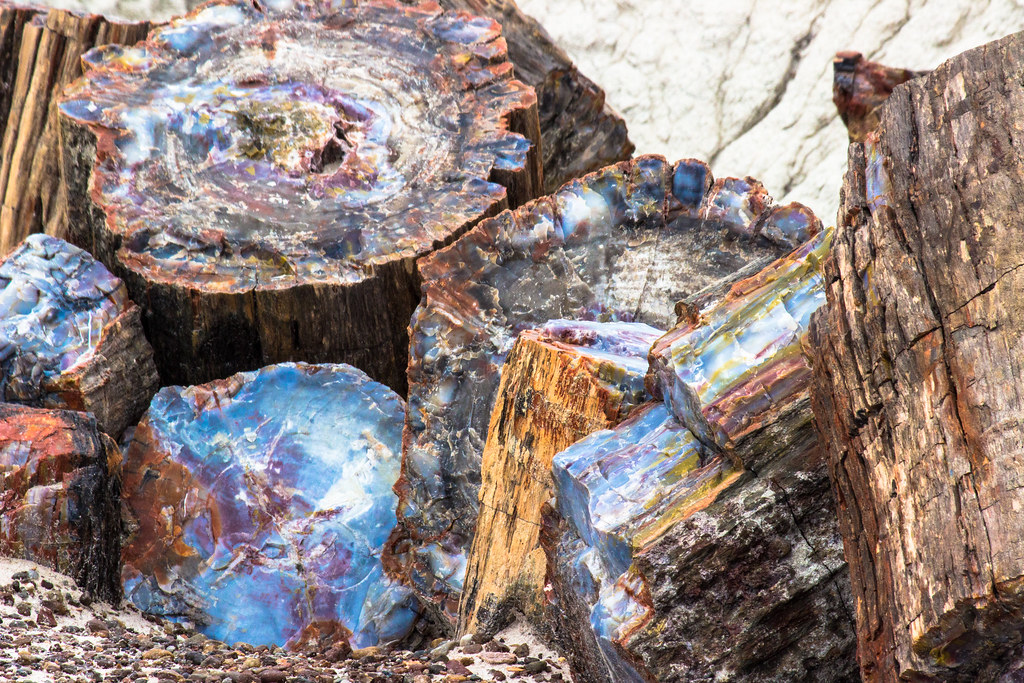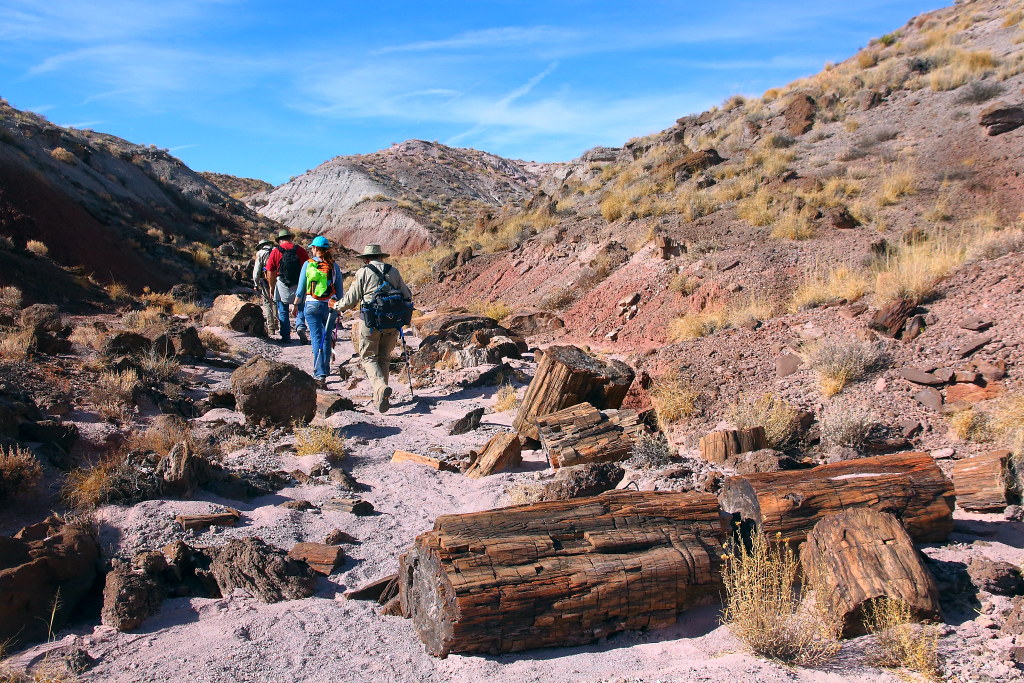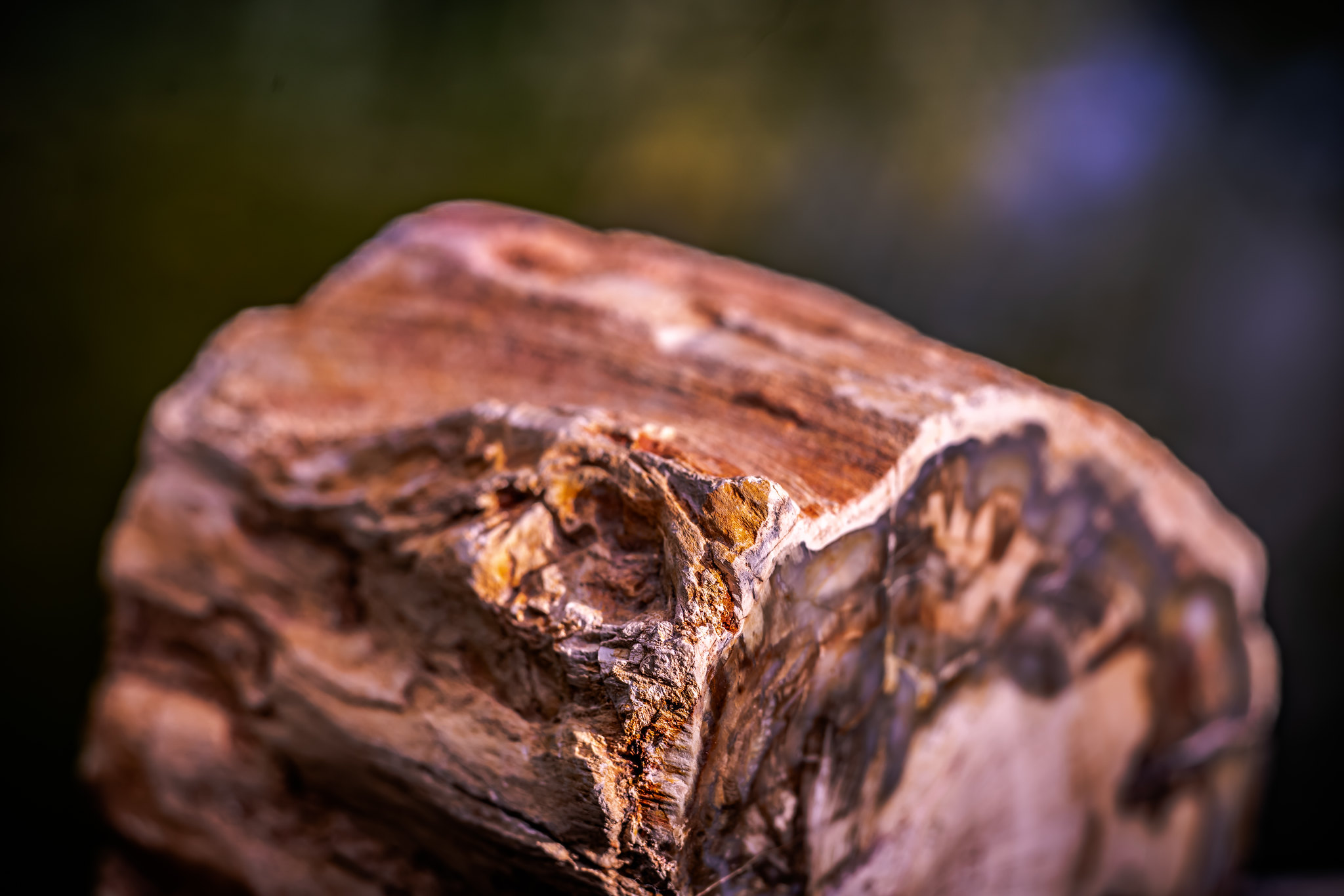Petrified wood is one of the most precious wood materials in the world, and it’s not something you can easily get your hands on. Undergoing a process that takes centuries to complete, how is petrified wood made is something that mother nature can only accomplish.
Petrified wood is characterized by having a smooth finish but with the same appearance as wood. You will also notice that it may have a combination of different colors, from pink, green, and a deep black on its core, surrounding the growth rings, or on the outer surface as a result of being exposed to different elements. Petrified wood has both high scientific and artistic value, and is continued to be observed and researched for academic purposes.
Learn more about the making of petrified wood and where you can head over to catch a sight of its marvelous beauty.
Types of Petrified Wood

Some types of petrified wood are identified by which mineral is most abundant in its composition and is further preserved using the same mineral to coat it. Common types of petrified wood include the following:
- Agatized petrified wood
- Opalized petrified wood
- Copperized petrified wood
- Palmoxylon (petrified palmwood)
- Araucarioxylon
- Schilderia adamanica
- Woodworthia Arazonica
When petrified wood was still commercially sold, crafters used it in producing furniture, sculptures, jewelry, and decorative pieces. It was also used in cultural rituals and religious rites, hence most indigenous communities reserve the right to use it and protect it from exploitation
How Is Petrified Wood Made

The process of making petrified wood is all in nature’s hands, with some organic chemistry involved as well. Though it’s no DIY project that you can easily recreate, the cycle of producing petrified wood is an art as much as it is a science, making it all the more fascinating and worth appreciating.
1. Break Away
It often starts off with an old “rotting” or decomposing tree. As a tree ages and reaches the end of its life, it begins to dry up completely, even to the core depending on the conditions of its environment. As the tree decomposes, it becomes weaker, which causes its branches to break off.
2. Buried Deep Underground
When the fallen branch, or any piece of decomposed woodlands on the earth, it now becomes a matter of what kind of sediment it gets buried in. Dense soil, mud, silt, and volcanic ash are common sediments that are rich in minerals to form petrified wood. Through natural causes, disrupting the wood can bury it even deeper into the ground, which would be an ideal spot for it to rest and begin the petrification process.
3. Going With the Flow
When the wood is buried deep in the earth, it becomes deprived of oxygen, which is necessary to speed up the decomposition process. It then gets exposed to groundwater combined with precious minerals like opal, or inorganic material such as calcite, pyrite, or silica, that permeate the pores of the wood.
4. Let Time Take its Course
Minerals and inorganic material will compete with the leftover plant material of the tree until it is replaced completely. If left under the pressure of the depth of the earth with a sufficient amount of inorganic material and minerals, the wood will continuously petrify until it is fossilized, with crystallized chunks or a texture and finish that’s similar to stone. This can take up to over 1 million years to achieve, where petrified wood is often seen in locations that have been left untouched for the earth to retain its natural sediments and nutrients, such as volcanic areas or where sedimentary rocks are abundant.
Where can you find petrified wood?

Depending on your location, it may be illegal to collect petrified wood, or you first need to seek permission from your local wildlife and natural resources authority in order to do so. Privately owned areas will also require you to inform them in advance if you plan to collect petrified wood in the area. Should you want to pay a visit, these parks are open to the public to explore though they do prohibit collecting from the environment:
- Petrified Forest National Park (Holbrook, Arizona)
- Petrified Wood Park (Lemmon, South Dakota)
- The Gilboa Fossils (Gilboa, New York)
- Gallatin Petrified Forest (Yellowstone, Wyoming)
- Florissant Fossil Beds (Florissant, Colorado)
- Escalante Petrified Forest State Park (Escalante, Utah)
Conclusion
Petrified wood is no common medium to come by for woodwork projects. For its value to the arts and sciences, petrified wood findings are preserved, and domains, where it can be found, are protected by the law. While there is no commercial manufacturing of it and it isn’t legally sold, its natural beauty is definitely admirable, and how is petrified wood made remains to be a process that cannot be easily replicated by man. If you plan to pay a visit to a wood park or exhibit, remember to just enjoy the sight and leave the precious petrified wood untouched.

Leave a Reply